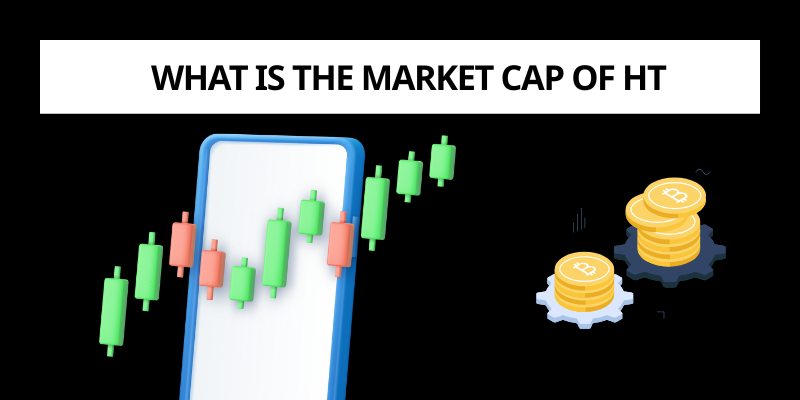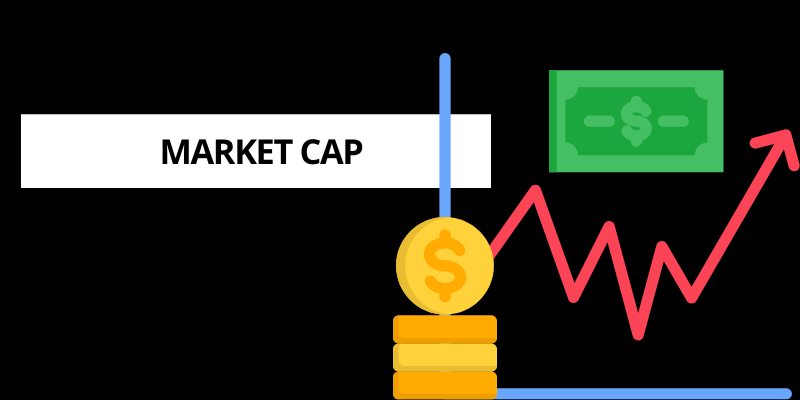What is the Market Cap of HT? In-Depth Analysis of Huobi Token’s Current Valuation
When investors and crypto enthusiasts ask, “what is the market cap of HT,” they’re seeking a critical metric that reveals both the scale and the perceived value of Huobi Token (HT) within the broader digital asset ecosystem. As of April 2025, the market capitalization of HT reflects not only its price and circulating supply but also the evolving role of exchange tokens in the rapidly shifting landscape of cryptocurrency.
Contents
Understanding Market Capitalization: The Basics
Before diving into specifics, it’s essential to clarify what market cap means in the context of cryptocurrencies. Market capitalization is calculated by multiplying the current price of a token by its circulating supply. For Huobi Token, this figure offers a snapshot of its relative importance and market sentiment compared to other digital assets.
What is the Market Cap of HT Right Now?
As of mid-April 2025, the live market cap of Huobi Token (HT) stands at approximately $60.67 million, with a circulating supply of about 162.23 million HT and a price hovering around $0.37 per token. This valuation positions HT among the mid-cap cryptocurrencies, reflecting its established presence but also the challenges it faces in a competitive market.

Comparing Data Across Platforms
It’s important to note that market cap figures can vary slightly across different data providers. For instance, some sources report the market cap of HT as high as $95 million, depending on the price and circulating supply at the time of calculation. However, the consensus among leading platforms like CoinMarketCap and Changelly is that the market cap is currently in the $60–$95 million range.
| Source | Market Cap (USD) | Circulating Supply (HT) | Price per HT (USD) |
|---|---|---|---|
| CoinMarketCap | $60.67 million | 162.23 million | $0.37 |
| Changelly | $95.25 million | 162.23 million | $0.59 |
What Drives the Market Cap of HT?
Several factors influence the answer to “what is the market cap of HT”:
- Token Supply and Burn Mechanism: Huobi Token employs a buyback and burn strategy, reducing the circulating supply over time and potentially supporting the token’s price. This deflationary mechanism is designed to counteract inflation and reward long-term holders.
- Exchange Performance: As the native token of the Huobi exchange, HT’s value is closely tied to the platform’s trading volume, user base, and overall reputation. Positive developments on the exchange, such as new features or increased trading activity, can boost demand for HT and, consequently, its market cap.
- Utility and Incentives: HT offers holders benefits like trading fee discounts, VIP status, governance rights, and access to exclusive events. These utilities create ongoing demand and help maintain its relevance.
Historical Perspective: HT’s Market Cap Over Time
HT’s market cap has seen significant fluctuations since its launch in 2018. At its peak, during the 2021 bull run, the token’s market cap soared past $1 billion5. However, like many altcoins, it has since experienced a correction, reflecting broader market trends and changes in investor sentiment.
What Could Affect HT’s Market Cap?
Looking ahead, the market cap of HT will be shaped by several dynamics:
- Exchange Growth: If Huobi continues to expand and innovate, demand for HT could rise, driving up its price and market cap.
- Regulatory Changes: As with all exchange tokens, regulatory developments could impact HT’s utility and adoption, with direct effects on its market value.
- Tokenomics Adjustments: Any changes to the burn rate or supply model could influence investor perceptions and the token’s scarcity.

The Market Cap of HT in 2025
So, what is the market cap of HT today? The answer is that Huobi Token’s market cap currently sits around $60–$95 million, depending on the data source and real-time price movements. This figure encapsulates the token’s current standing in the crypto hierarchy and serves as a barometer for its future potential. As the landscape evolves, HT’s market cap will remain a key metric for investors tracking the health and prospects of exchange-based digital assets.